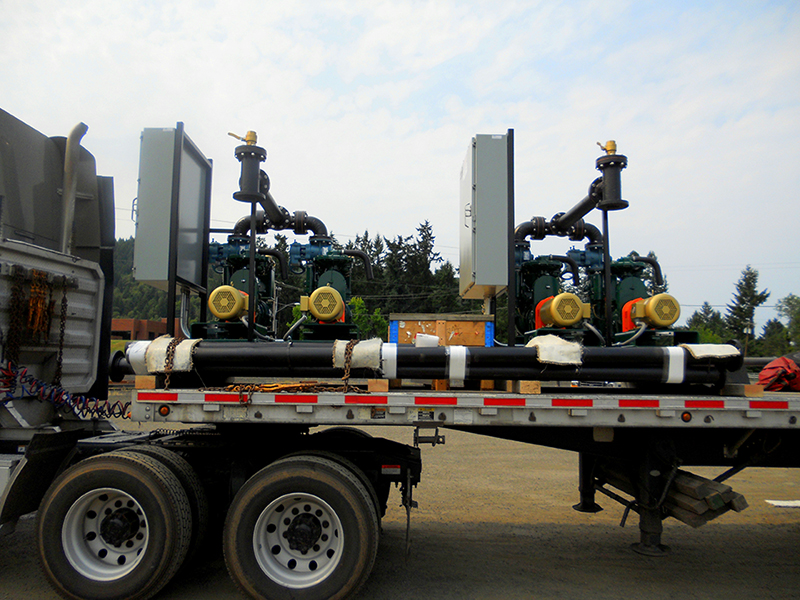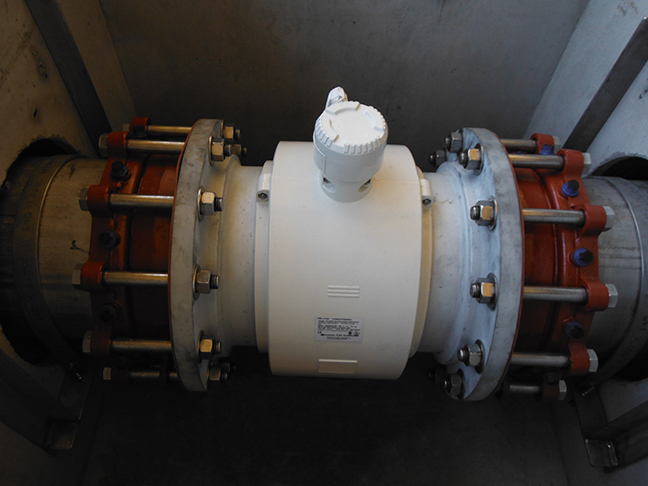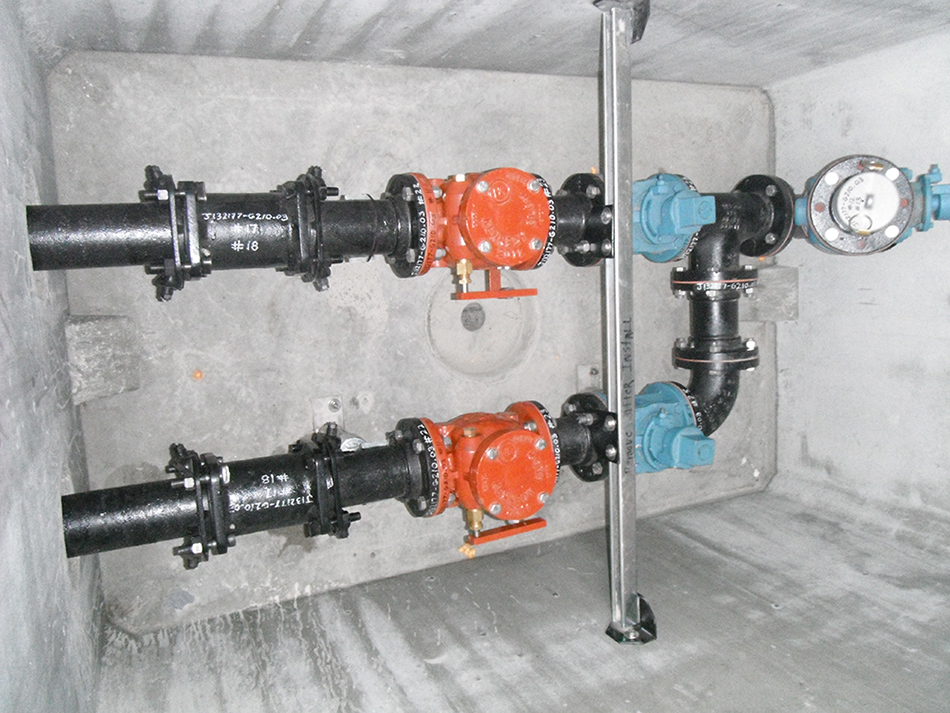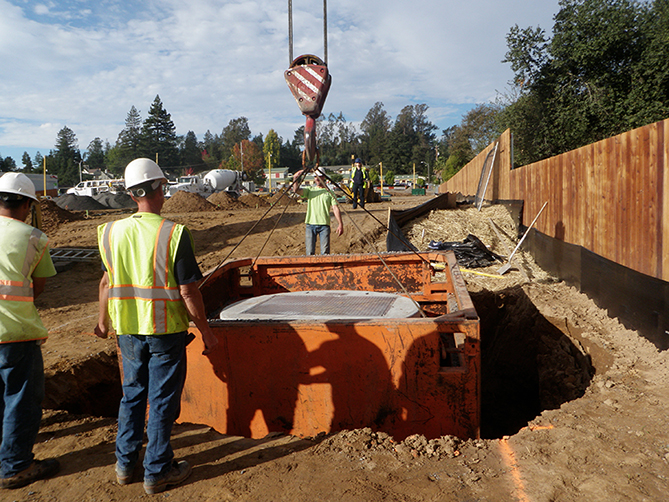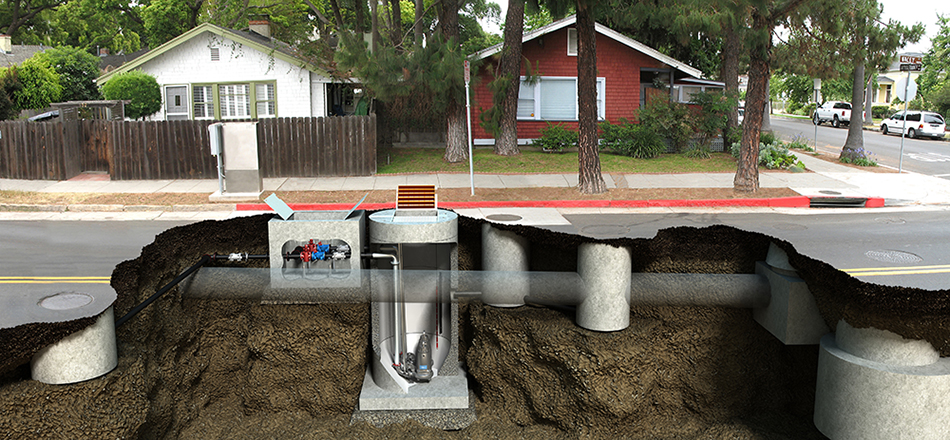News & Stories from Romtec Utilities
Romtec Utilities engineers a variety of solutions for rehabilitating existing pump and lift stations. These projects typically fit into a repair, a retrofit, or a replacement process. Each type of solution require a slightly different process. When it comes to retrofitting a lift station, Romtec Utilities uses a detailed process to help our customers get a well-designed solution in a defined schedule. To some, this process can seem cumbersome at first, but it offers a
Romtec Utilities offers design expertise for complete pumping systems for all types of water from wastewater to clean water and everything in between. A major benefit of our design and engineering experience is the advantages that our pumping systems offer to contractors and installers during the lift station construction. Each of our pumping systems includes practical and helpful features that expedite the process and reduce errors. These features include complete site-specific system documentation, lift station
Romtec Utilities routinely designs package lift stations for wastewater, stormwater, industrial processes, and clean water. Each of our pumping systems include pumps specific to the needs of the site and the project. But when it comes to pumps that macerate, there can be preferences as to what type of pumps to use. Essentially, there are three basic types of macerating pumps. Those are grinder pumps, cutter pumps, and chopper pumps, but there are other names
Romtec Utilities provides complete pump station electrical controls that can be configured with above-ground disconnect stands and in-ground junction boxes. While in many respects these two components serve a similar purpose and have similar supply and installation costs, there are several reasons to choose one configuration over another. Let’s take a look at the benefits and potential drawbacks of these two types of electrical junctions for wiring below-grade pump station components. The first question to
Romtec Utilities designs, manufactures, supplies, and constructs pumping systems for wastewater, stormwater, industrial process water, and clean water applications. Each pump station is a carefully engineered system of structural, mechanical, and electrical components, and these components can vary greatly from system to system. For each system function, there are many different technologies and brands of components to consider. Often times, pump station owners rely on the pump station design firm to specify the system components;

